March 28, 2017
New wellbeing index measures level of support for staff with poor mental health 0

Just over half (53 per cent) of staff who had disclosed poor mental health at work said they felt supported, and 72 per cent said they’d been made aware of the support tools such as Employee Assistance Programmes (EAPs), counselling, staff support network or informal buddying systems, a new piece of research has disclosed. The data has been gathered by mental health charity Mind to give an insight into the mental health of 15,000 employees participating in Mind’s first ever Workplace Wellbeing Index, a brand new benchmark of best policy and practice when it comes to staff mental health. Thirty organisations participated in Mind’s first ever Workplace Wellbeing Index, including Deloitte, HMRC, the Environment Agency, Jaguar Land Rover and PepsiCo. Over half (56 per cent) of employees who reported mental ill health were offered reasonable adjustments or support measures, such as changes to hours worked or the nature of some of their duties.










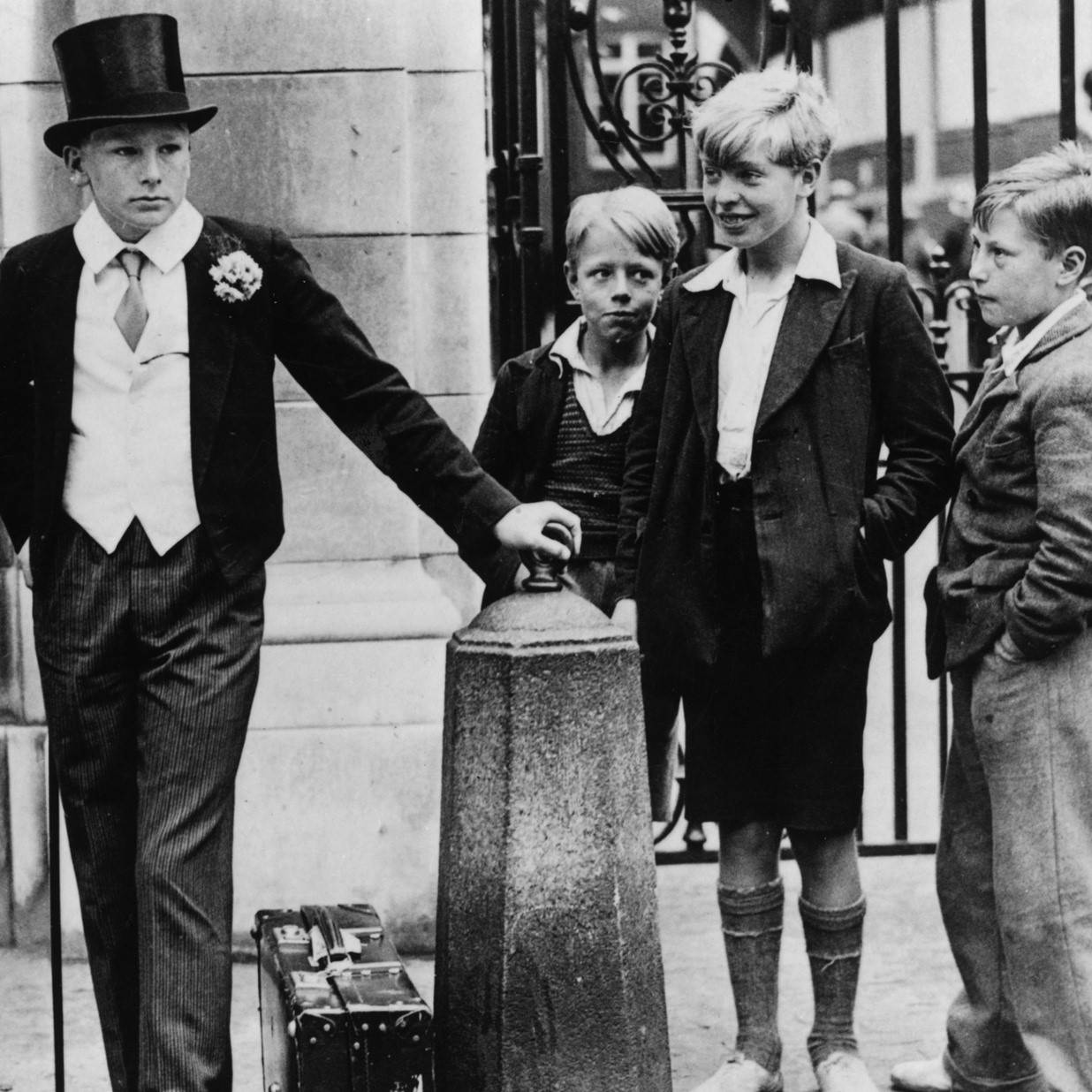


 Accommodation and food services, manufacturing, and transport industries will be hardest hit by limits on movement of EU and non-EU workers following Brexit, a new report has claimed. The latest edition of Mercer’s
Accommodation and food services, manufacturing, and transport industries will be hardest hit by limits on movement of EU and non-EU workers following Brexit, a new report has claimed. The latest edition of Mercer’s 





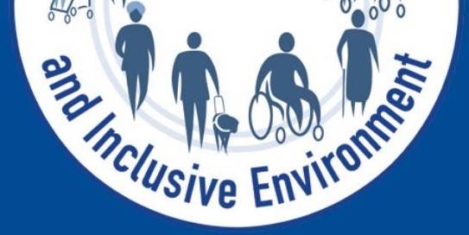
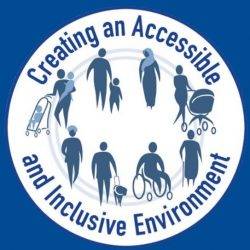

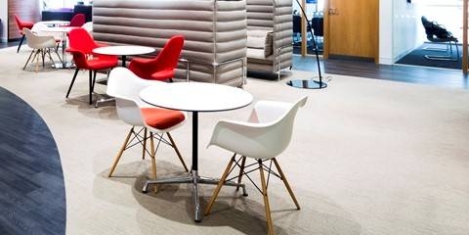
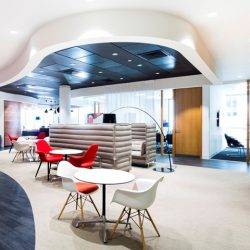








March 15, 2017
Mobile and internet connectivity should be a priority for commerical real estate 0
by Sara Bean • Comment, Facilities management, News, Property, Technology
Cluttons has proposed that a mobile coverage rating should be added to lettable workspace criteria, because despite mobile and internet connections being the fifth essential utility for the modern environment they are often overlooked when leasing space. With the rise of dependence on SIM-based equipment, the property firm argues that workplaces should be let with a coverage rating, measuring connectivity within a property. It argues that given the fast-paced evolving nature of the sector, landlords who invest in excellent telephony infrastructure are likely to secure tenants for longer periods and potentially achieve higher rental values. The approach is being borne out by the government recognising the importance of better mobile and internet infrastructure, by making it a focal point to extend superfast broadband to 95% of the UK by the end of 2017. This comes as no surprise given that several emerging markets are leap-frogging the adoption of technology and are quickly outpacing the UK in the sophistication of infrastructure on offer to occupiers. London is ranked near to the bottom of the internet connectivity league table when looking at Europe.
(more…)